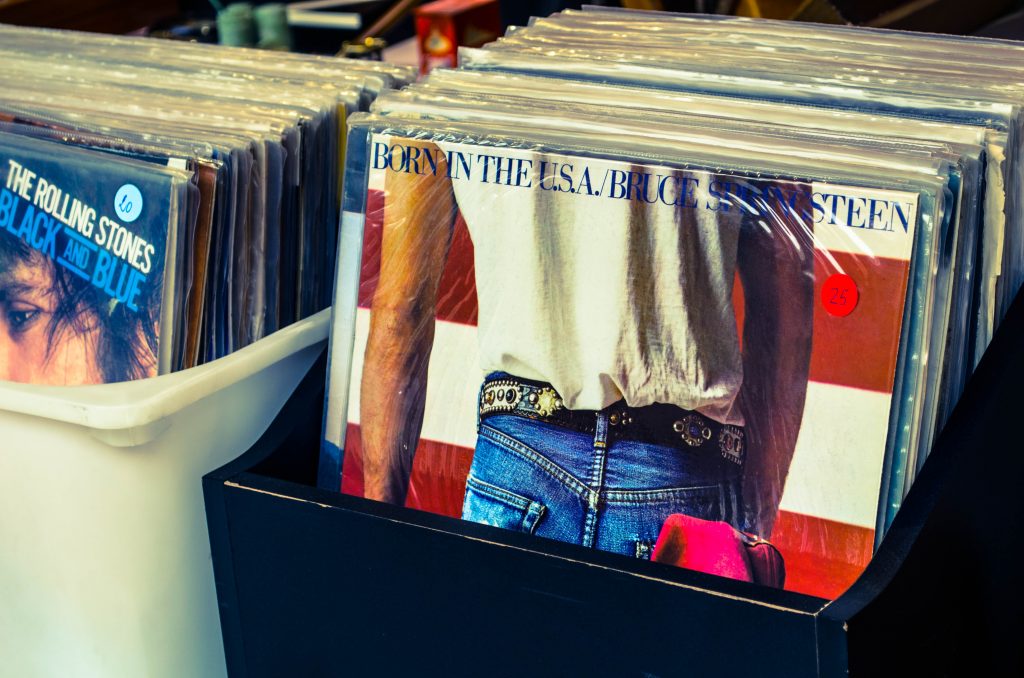If you want to be successful at a new job, there are only two things you have to do well: Ask great questions, and know lots of people.
Let’s talk about that second requirement for a moment. The people I’ve seen succeed at companies, both big and small, are the ones who can say: I know exactly who we should talk to for this project! At work, it’s not just about what you can do — it’s also about who you know.
So how do you get to know more people? Two strategies have worked well for me:
1) Have lots and lots of coffee — Reach out to colleagues just to say, “I’d love to hear what you’re working on!” Be curious, and learn more about what else is happening around you. Ask your co-workers to introduce you to interesting people that they’re working with. If you’re nervous about reaching out to new people, make it a weekly habit: Every Monday, email a new person to set up a coffee, and by the end of the year, you’ll have made dozens of new connections at your office. (Don’t be nervous that they won’t reply — most people love talking about themselves and their work! They’ll be thrilled that someone is interested and wants to listen.)
2) Congratulate your colleagues — When someone does good work — when they publish a new story or launch a big project — email them to say congrats. It doesn’t have to be a long email — a sentence or two is enough, and often hugely meaningful!
Remember: The more people you know, the more likely you are to know the people who can help you get stuff done around the office. So reach out for those coffees, and send those congratulatory emails. They do make a difference.
———
That photo is by Nathan Dumlao on Unsplash.




